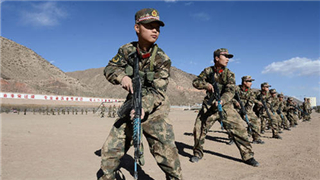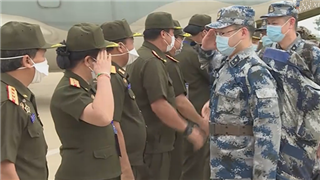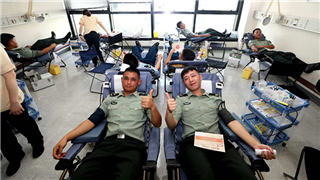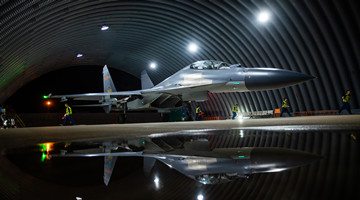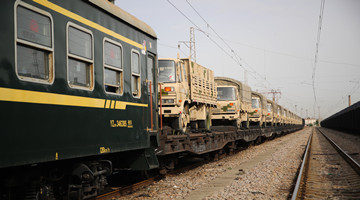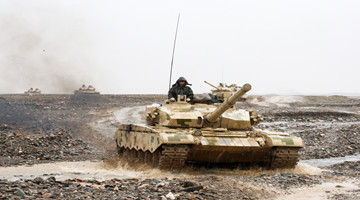
By Fang Xiaozhi
According to the Defense World (DEFENSE WORLD.NET), the USS Theodore Roosevelt (CVN-71) and USS Nimitz (CVN-68) strike groups gathered in the Philippine Sea of the Western Pacific Region for joint training on June 21.
At the same time, the USS Ronald Reagan (CVN-76) carrier strike group has left its homeport in Yokosuka, Japan, and started to sail in the region southeast of Okinawa Island. The three carrier strike groups may meet in the Western Pacific Region shortly.
The continuous deterioration of the current COVID-19 pandemic situation has a severe impact on the US' deployment of military forces in certain regions.
This is especially true to the US Navy. Due to its ineffective prevention and control of the COVID-19 pandemic, the US Navy has got scandals frequently revealed, with its image seriously harmed.
What's worse, a sharp decline in the US Navy's combat readiness and combat capability has caused a severe blow to the confidence of the US military and its allies. However, this training is an extremely high-profile action, indicating that the US military has begun to take measures to make up for its military vacuum in the western Pacific region and build a strong momentum for its return to the region.
First of all, the US military hopes to eliminate the doubts of the international community about the decline of its combat effectiveness.
Although the COVID-19 pandemic is still spreading, the US Navy is eager to dispatch its carrier battle groups to the front. One of its important objectives is to show that the US Navy has got rid of COVID-19 related problems and can complete the recovery work in a short time.
This is a way to prove that the US military strength could still be reckoned with, thus effectively enhancing the confidence of the US military and its allies.
Besides, the US also hopes to make up for its "power vacuum" in the Western Pacific Region.
Under the impact of the COVID-19 pandemic, many USS aircraft carriers have been forced to stay in the bases or shipyards in quarantine, which in turn has delivered a significant impact on the US Asia Pacific strategy.
The three aircraft carrier battle groups are composed of more than ten large surface warships and nearly 200 attack aircraft, the operational capabilities of which are far beyond a vast majority of countries in the Asia-Pacific region. This would completely change the current embarrassing situation of the US military in the western Pacific region.
For future development, the US military may take more measures to maintain its hegemony, while its force deployment in the western Pacific region may also have a "retaliatory rebound."
However, what we should be clear is that when the current epidemic spread has not been completely controlled, the action that the US Navy hastily dispatches aircraft carrier formations with the attitude of "sailing to the frontline first" may be worthless.
On June 18, an F/a-18F strike fighter taking off from the USS Ronald Roosevelt aircraft carrier suddenly crashed in the Philippine Sea during routine training.
This fully reflects the dilemma facing the US military whose ability falls short of wishes during the recovery from the pandemic, and also shows that the restoration and maintenance of combat effectiveness of the "just recovered" aircraft carriers are still very complex and challenging under the current condition of no effective epidemic prevention and control measures.
(The author Fang Xiaozhi is a researcher at the Institute of Strategic Studies and International Security under the Fudan Institute of Belt and Road & Global Governance)
